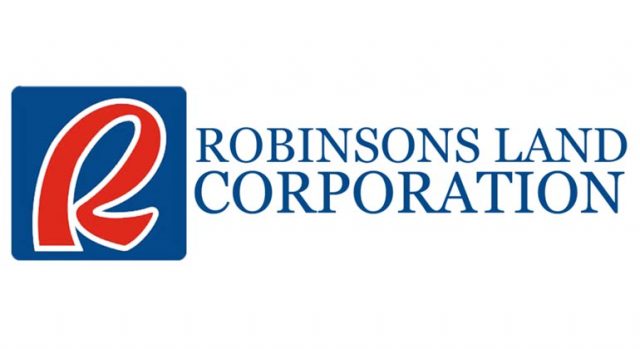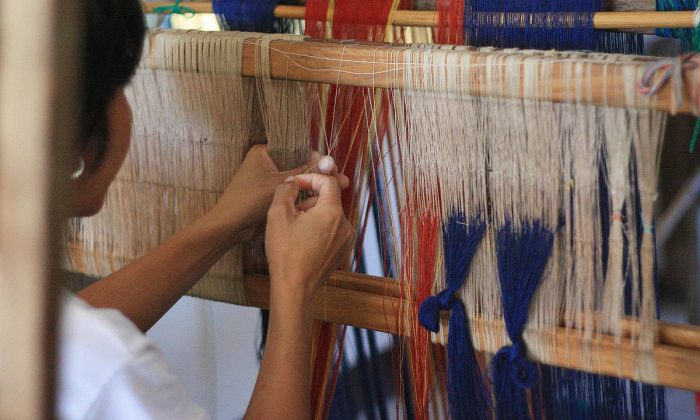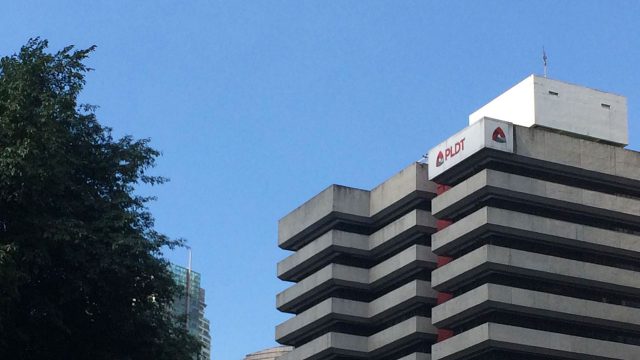Analysts weigh in as Robinsons Land’s REIT sets P6.45 price
By Keren Concepcion G. Valmonte, Reporter
THE real estate investment trust (REIT) sponsored by Robinsons Land, Corp. (RLC) has set its final offer price nearly 12% lower than the P7.31 price-ceiling it set in its preliminary prospectus.
“Please be advised that the final price for the REIT initial public offering (IPO) of RL Commercial REIT, Inc.’s (RCR) common shares is P6.45 per common share,” the company told the exchange on Friday.
Analysts said the pricing could have to do with the country’s current economic conditions amid the surge in coronavirus disease 2019 (COVID-19) cases.
“This may have to do with market or economic conditions in view of the more contagious Delta variant that led to lockdowns or tighter restrictions that could slow down business or economic activities amid record-high new COVID-19 cases,” Rizal Commercial Banking Corp. Chief Economist Michael L. Ricafort said in a text message on Saturday.
On Friday, the Health department logged 17,231 new COVID-19 infections and 317 new fatalities. The country’s tally totaled 1,824,051 on Saturday after an additional 16,694 new cases were reported.
Active cases stood at 123,935 as of Saturday with a positivity rate of 25.2%, down from the 26.1% positivity rate seen the previous day. Metro Manila, Laguna, and Bataan will be under the modified enhanced community quarantine (MECQ) until the end of the month.
However, RCR’s lower IPO price may still benefit the company by luring in more investors.
“The lower final offer price may entice more investors to subscribe to the IPO, given the more attractive yields that the issue may present,” Timson Securities, Inc. trader Darren Blaine T. Pangan said in a Viber message on Saturday.
RCR will be offering to the public 3,342,864,000 common shares for P6.45 apiece, with an overallotment option of up to 305,103,000 common shares. The company may raise up to P23.53 billion in proceeds, which it will use to reinvest in the country.
“We want to be able to contribute to nation-building by building more projects and therefore helping create jobs and helping restart the economy,” RCR President and Chief Executive Officer Jericho P. Go told BusinessWorld Live on Wednesday.
RCR’s offer period will run from Aug. 25 to Sept. 3, targeting a listing date of Sept. 14. Shares will be listed on the main board of the Philippine Stock Exchange under the trading symbol “RCR.”
The company has 14 commercial real estate assets in its initial REIT portfolio, which are located in central business districts across Makati, Bonifacio Global City, Ortigas, Quezon City, and Mandaluyong and in key cities of Naga, Tarlac, Cebu, and Davao.
RCR said it has the “most geographically diverse Philippine REIT,” with a total gross leasable area (GLA) of 425,315 square meters (sq.m.).
“We already have tenants in our buildings with very high occupancy rates, we are already guaranteed of a steady income stream, and at the same time we have built-in three percent to five percent annual rental escalation,” Mr. Go said.
RCR also has an “excellent expansion pipeline.”
“We do have additional projects that are in the pipeline that can help grow RCR by almost double the size in about four to five years’ time,” Mr. Go said.
In a previous statement, the company said its potential additions to its portfolio include RLC’s Cyberscape Gamma located in Ortigas and/or Robinsons Cybergate Center 1 in Mandaluyong. RCR said it entered into a memorandum of understanding with RLC.
“Including the Cyberscape Gamma and the Robinsons Cybergate Center 1, RLC has approximately 204,000 sq.m. GLA in existing office assets, 68,000 sq.m. GLA of business process outsourcing (BPO) spaces located within RLC’s various commercial centers as well as 150,000 sq.m. GLA of properties that are in various stages of construction,” the company said in an e-mailed statement on Aug. 11.
RCR said its potential pipeline for infusion spans an estimated 422,000 sq.m., which are still subject to its fund manager’s recommendations, market conditions, and regulatory approval.
















